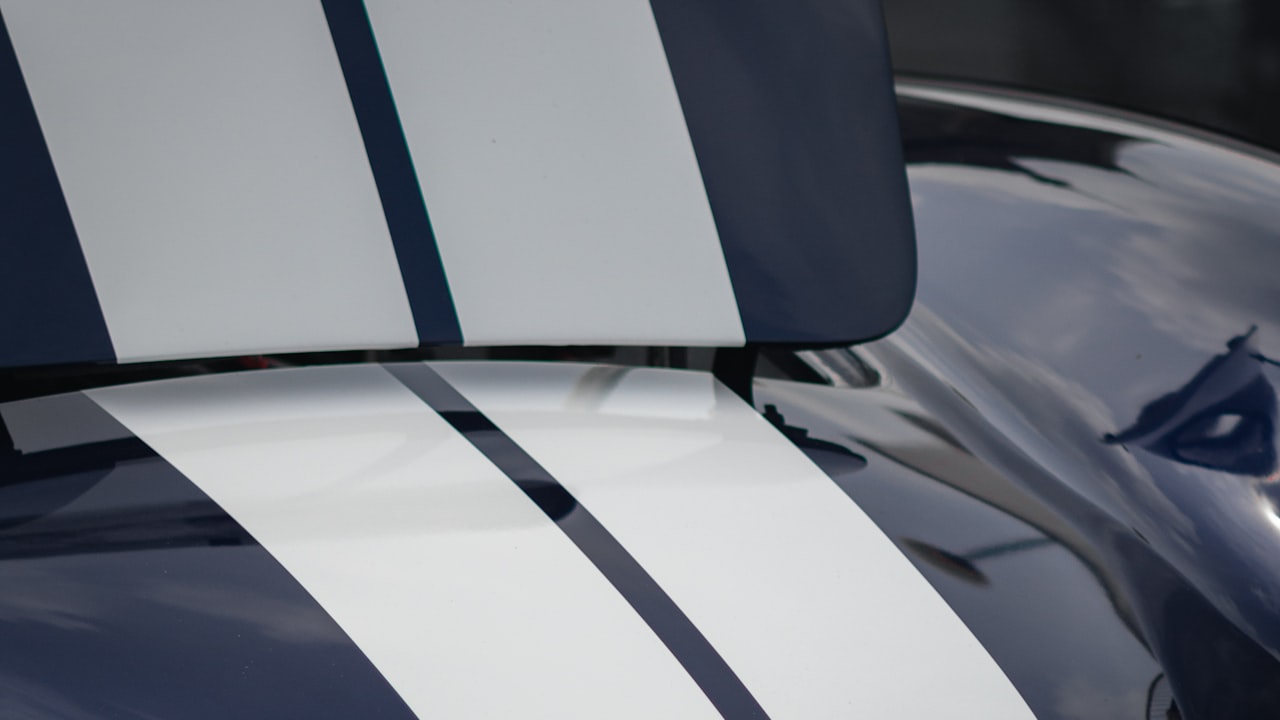The main part of the vehicle which does almost all the work is called the internal combustion engine. This Internal CE is made up of elements like a carburetor which contains the fuel pump. The fuel pump plays a major role in transferring liquid to the carburetor after collecting it from the fuel tank. In short, it can also be called a fluid handling device.
Fuel pumps can be divided into two types; a mechanical fuel pump and an electric fuel pump. In this article, the working of both the electrical and mechanical fuel pumps will be discussed. You will also get to know some advantages of electric fuel pumps. So read on!
Electric Fuel Pump Working
Electrical fuel pumps utilize the same diaphragm system as mechanical fuel pumps. In order to stop power drives, a solenoid switch with a rod or bar attached to it is activated. There aren't many distinctions between electrical and mechanical fuel pumps, and however, instead of a camshaft, an electric fuel pump has a solenoid that moves the diaphragm. Due to the iron rod in your electric pump, the diaphragm moves in the lower direction to deliver fuel to the chamber compressor. After enough fuel has been introduced into the chamber, iron rods form a series of interfaces that break the electromagnetic energy. The outcome is a relaxation of the diaphragm.
Advantages Of an Electric Fuel Pump
- Reliability- Electrical fuel Pumps are more reliable when compared to Mechanical fuel pumps.
- Safety- It is crucial to decide upon the location of fuel pumps, this is because the heat can cause a fire. To solve this issue, you can use electric pumps, which are safer.
- Accessibility and availability- if the fuel pump of your car breaks, you wouldn’t have to worry about its availability because they are readily available in every spare parts market.
Mechanical Fuel Pumps Working
Mechanical fuel pumps are an essential component of any internal combustion engine. Without them, gasoline and diesel engines would not be able to function. Although they may seem like a simple devices, mechanical fuel pumps are actually quite complex.
A shaft named camshaft or crankshaft drives the mechanical fuel pump. These shafts keep on turning, and in a single round, when it turns, the camshaft travels from underneath the pivot lever and forces it from one end.
The second end of the lever is joined almost freely in a loose manner to a diaphragm of rubber. A floor of the chamber is made in the pumps, and so the lever pulls on the diaphragm in a downward manner when it goes down too. Because of this action performed by the lever, a suction is formed, which forces the fuel to push further into the fuel pump via a valve that is one-way. Finally, instead of the lever pushing the diaphragm, it has to move itself up only by ejecting the petrol from the chamber. This petrol then goes into the carburetor.
Conclusion
Both the electric pump and the mechanical pump are a little bit different in construction as well as in working. Most people prefer electrical pumps over mechanical ones because they provide more benefits like high flow rate, reliability, and safety. If you prefer the electrical pump, make sure to install it closer to the tank.


